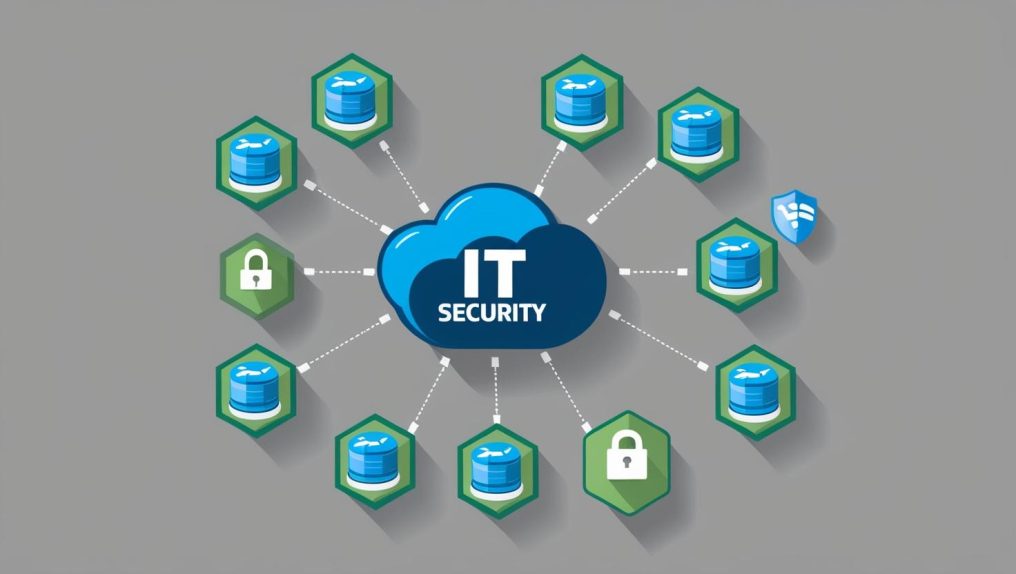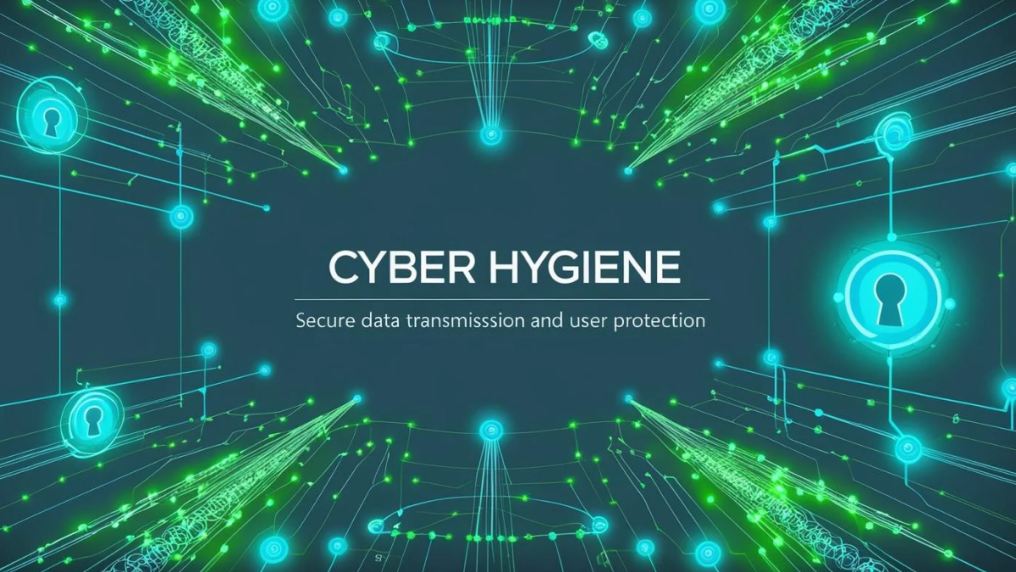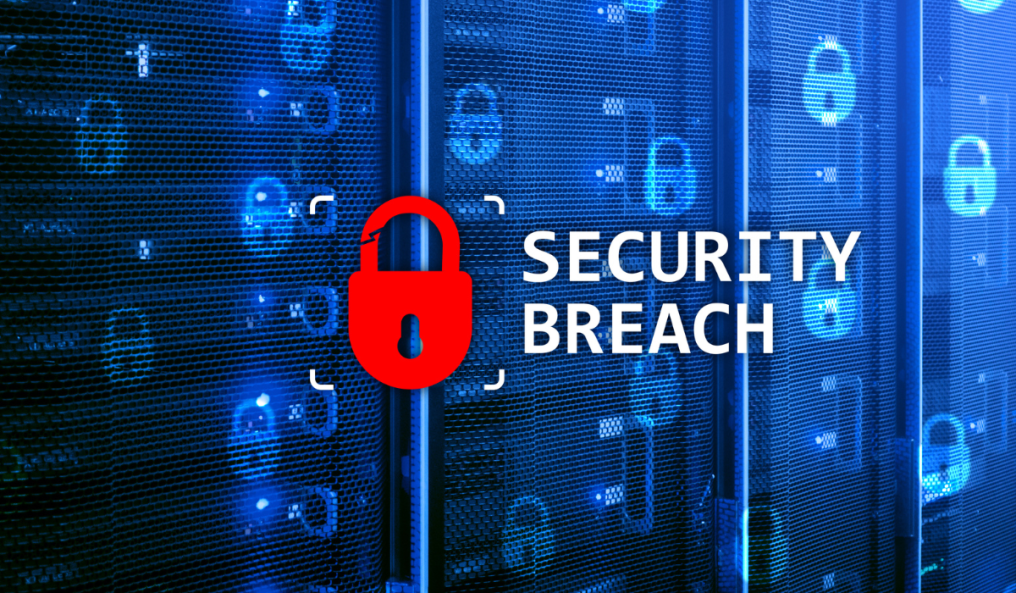Even when there is no malicious intent, unsanctioned applications can cause major problems for your agency By Bryan Johnson, IT Director, Alliant National Title Insurance Company Have you heard of shadow IT? The term conjures images of masked criminals poking around on your server or installing dangerous devices. Yet shadow IT is usually more mundane, referring to applications installed without …
Vendor Security: The Weakest Link?
Vendors carry unique risks; here’s how to address them Remember the TV show The Weakest Link? Running from 2000 to 2012, the show enjoyed quite a bit of popularity back in the day. Host Anne Robinson’s catchphrase “You are the weakest link-goodbye!” even became part of the cultural lexicon for a moment in time. A business’s cybersecurity strategy will inevitably have …
Are You Practicing Good “Cyber Hygiene”?
You know the value of practicing dental hygiene. The same is true for your cybersecurity! Anyone who has been to the dentist knows the drill. You are in the middle of getting your cleaning, and your hygienist starts asking about your flossing habits and the toothbrush you use. This isn’t mere chit-chat but rather a way for your dentist to …
Protect Your Sensitive Data With Client-Side Encryption
As any seasoned title insurance professional will tell you, real estate transactions are complex beasts, requiring different stakeholders to share personal information sometimes across great distances. This presents massive challenges, especially at a time when data breaches seem more common than ever. What can an independent agent do to protect personal and proprietary information? Technologies like client-side encryption (CSE) offer …
Data Breach Prep: Oklahoma
When a data breach occurs, it’s an intense, frightening moment. Who you ‘gonna call? Ghostbusters aren’t the ones for this job, so the best way to make the specter of a breach less scary is to have an incident response plan in place; to know what your legal and regulatory requirements are; and to have the contact information that you …
Data Breach Prep: Alabama
When a data breach occurs, it’s an intense, frightening moment. Who you ‘gonna call? Ghostbusters aren’t the ones for this job, so the best way to make the specter of a breach less scary is to have an incident response plan in place; to know what your legal and regulatory requirements are; and to have the contact information that you …
Data Breach Prep: Arizona
When a data breach occurs, it’s an intense, frightening moment. Who you ‘gonna call? Ghostbusters aren’t the ones for this job, so the best way to make the specter of a breach less scary is to have an incident response plan in place; to know what your legal and regulatory requirements are; and to have the contact information that you …
Data Breach Prep: Colorado
When a data breach occurs, it’s an intense, frightening moment. Who you ‘gonna call? Ghostbusters aren’t the ones for this job, so the best way to make the specter of a breach less scary is to have an incident response plan in place; to know what your legal and regulatory requirements are; and to have the contact information that you …
Data Breach Prep: Kentucky
When a data breach occurs, it’s an intense, frightening moment. Who you ‘gonna call? Ghostbusters aren’t the ones for this job, so the best way to make the specter of a breach less scary is to have an incident response plan in place; to know what your legal and regulatory requirements are; and to have the contact information that you …
Data Breach Prep: Michigan
When a data breach occurs, it’s an intense, frightening moment. Who you ‘gonna call? Ghostbusters aren’t the ones for this job, so the best way to make the specter of a breach less scary is to have an incident response plan in place; to know what your legal and regulatory requirements are; and to have the contact information that you …







